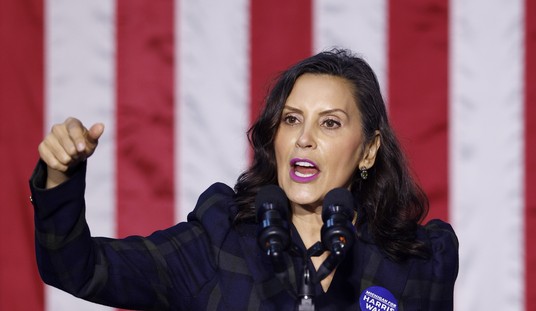Stars and Stripes is reporting that the Army and the Navy are quietly sending word around that, “the money is gone” and are moving to cull the ranks of their top brass over the next few years.
The Navy announced late Tuesday that Navy Secretary Ray Mabus had approved a plan to “reduce, eliminate or consolidate a net of 35 Navy flag officer positions” at the one-, two- and three-star ranks. The Navy said it also plans to eliminate 6 more top officer positions in the 2015 budget.
And last week, a memo from Army Chief of Staff Gen. Ray Odierno and Army Secretary John McHugh declared that a plan to cut Army headquarters at the two-star level and above by 25 percent was priority No. 1 for headquarters staff.
As with most long term measures in the military, this isn’t something that’s going to happen overnight. We’re not talking about some suits from the accounting department walking into the top military offices and handing out pink slips to the top officers. It’s slated to take place by reducing the number of officers being advanced to the highest levels, attrition through retirement, combining the duties of some offices and having others headed up by slightly lower ranking members.
The Navy released a detailed list of positions to be reduced or eliminated, with most being reduced by one pay grade. For instance, the director of intelligence, surveillance and reconnaissance capabilities in the office of the Chief of Naval Operations at the Pentagon will be a captain in the future, rather than a one-star admiral.
Other positions will be merged, such as two jobs in the CNO’s office – director of the total force programming and manpower management division, and director of military personnel plans and policy division – that will now be done by one rear admiral.
Is this endangering our strategic position or weakening our military? There’s a couple of ways to look at this question. Dr. Joyner (who caught this story first) weighs in.
Now, let’s stipulate that stars-to-troops ratios are not a perfect metric by any means. The proliferation of technology has decreased the need for raw manpower and increased the need for education and training. But, while that would explain a higher ratio of officers to men, it doesn’t explain why we need so many generals and admirals. Nor does it explain the odd phenomenon of the Air Force, the service least impacted by the fighting of the last eleven-plus years, having the highest rate of star creep. Nor, especially, does it explain why jobs done by one-stars a decade ago suddenly need to be done by two-stars.
Maybe there is some “brass bloat” in a couple of the services, and the article certainly provides some evidence to suggest that two branches have been expanding at the top a bit more than the others. And while we’re on the subject, if we are to be honest about the entire idea of fiscal conservatism and prudent budget management in 2013, we can’t go picking and choosing favorites. Every element of the government must be open to finding places where savings can safely be found, with the military being no exception.
But with all that being said, reducing openings at the top ranks of either the officers or the enlisted can carry some pitfalls. There is always the risk that you drive out some percentage of the best and the brightest if they perceive that opportunities for advancement are dwindling even further. Enlisted troops are already familiar with the phenomenon of being “PNA” when they take an advancement test. (It stands for Passed but Not Advanced, meaning you got a fine score, met all of the other requirements, but did not get promoted because there weren’t enough open slots and others scored higher than you.) The higher you go in the ranks, the fewer openings there are, and some people won’t wait around forever.
It’s a tough tightrope to walk, but I’ll have to trust that the military has examined all of these factors and determined that they can make a move like this and still maintain readiness. Hopefully they’re correct.








Join the conversation as a VIP Member